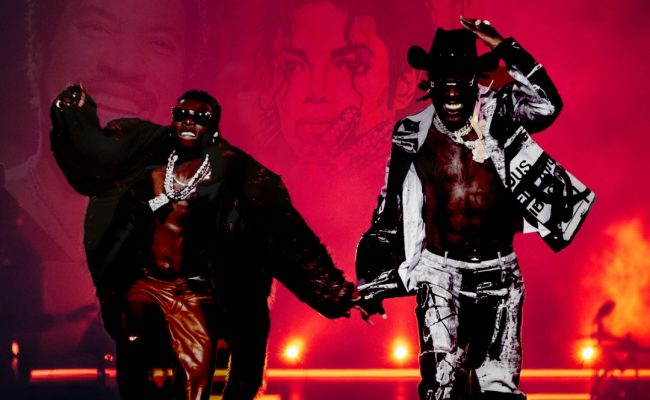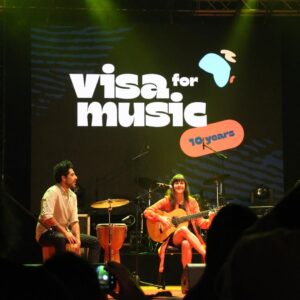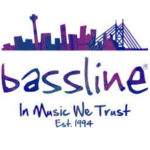There is a familiar discomfort that settles in the stomach of anyone paying close attention to Africa’s music industry today. It is the kind of discomfort you feel when a relative you love decides to bleach their skin: the face is still there, but the identity has been diluted. For African music, this bleaching isn’t pigment; it’s presentation. It’s in the videos, the sounds, the aesthetics, and increasingly, in the very spirit of the music.
Scroll through YouTube, and you’ll see it: Nigerian or South African artists delivering performances on sets that look like low-budget knock-offs of Los Angeles strip malls, Miami beaches, or London loft parties. The choreography borrows wholesale from American hip-hop; the fashion mimics K-pop sheen; the accents in lyrics twist awkwardly toward faux-Caribbean inflections. This is not a cultural exchange. This is cultural erasure disguised as aspiration.
The Global Stage Myth
Let’s be clear: African music has already arrived on the global stage. Burna Boy headlines stadiums in Europe, Tyla wins Grammys, Davido shuts down arenas in the U.S., and Amapiano dominates global streaming playlists. The “arrival” is no longer up for debate. Yet, what do we do with that arrival? Instead of doubling down on what made the world turn its head in the first place, our unique cadences, languages, imagery, and rhythms, we rush to water them down in the hopes of “fitting in.”
This anxiety to appear global creates a dangerous mirroring effect. Too many African artists behave as if success only counts when it resembles Western aesthetics. The result? A generation of music videos and songs that could just as easily belong to Atlanta, Seoul, or London, with little indication that they came from Lagos, Nairobi, or Kinshasa.
And the painful irony? The world never asked us to do this. The global fascination with Afrobeats, Amapiano, Highlife, and Afro-fusion stemmed from their undeniable African roots, not from being pale reflections of foreign templates.
The Vanishing Indigenous
When was the last time we saw a blockbuster Nigerian music video shot in the breathtaking terrain of the Jos Plateau, or a Ghanaian video that highlighted the spiritual architecture of the Ashanti Empire? Where are the Maasai-inspired aesthetics in Kenyan pop visuals? Why do we not hear Lingala guitar riffs sneak into Congolese pop crossover records anymore?
Instead, we have Lagos-based rappers using thick American drawls. We have South African singers abandoning isiZulu or isiXhosa verses for clunky English hooks. We have Ghanaian hitmakers shooting videos in rented Dubai apartments while Cape Coast Castle, a brutal monument to Africa’s history, sits unexplored as a potential creative backdrop.
This is not an accident. It is the direct result of an industry ecosystem too obsessed with the Western gaze and too negligent of indigenous representation. Labels, managers, and directors convince artists that “global” means “foreign,” when in fact, global success only happens when identity is non-negotiable.
The Economics of Erasure
Some will argue that mirroring foreign culture is merely a strategy: if you want the American audience, give them American vibes. But this logic ignores the economics of culture itself. Nobody in Atlanta is desperate to hear an African mimic of their trap stars; they already have Lil Baby, 21 Savage, and Future. What they don’t have is a Tems, who sings in the quiet mysticism of Nigerian soul; or a Sho Madjozi, who raps with unapologetic Tsonga pride; or a Sauti Sol, who wield harmonies only possible through East African vocal traditions.
When African artists dilute themselves, they enter an oversaturated market as weak competitors. When they double down on their identity, they become irreplaceable.
Take Amapiano as a case study. Its rise was not because South African producers tried to make house music that sounded like Berlin’s; it rose because Kabza De Small, DJ Maphorisa, and others leaned into the dusty log drums, hypnotic chants, and languid progression that could only have come from South Africa’s townships. That distinctiveness made Drake want to collaborate, not a faux replication of his sound.
Identity as Strategy
Here’s the truth: cultural identity is not a barrier to global reach; it is the strategy. Every major cultural export in history proved this. Reggae spread from Jamaica because it carried Rastafarian identity in its bones. K-pop conquered the world not because it mimicked the U.S., but because it doubled down on Korean production polish, choreography, and aesthetics. Latin music continues to sweep global charts in Spanish, unapologetically rooted in reggaeton’s Puerto Rican DNA.
So why, when the world is already dancing to pidgin English hooks and isiZulu chants, do African artists still feel the need to bleach out the identity?
The answer lies partly in self-perception. Colonization may have formally ended decades ago, but mental colonization lingers in the creative psyche. There is still an entrenched belief that Western equals superior, and African equals raw material. Until this shifts, African music will remain at risk of selling itself short, even when standing at the summit of global influence.
Where ACA Fits In
This is precisely where advocacy networks like Arts Connect Africa (ACA) must play an urgent role. The danger of cultural sell-out is not just aesthetic; it’s economic. When artists neglect indigenous representation, they undermine the very industries, festivals, fashion, crafts, and tourism that thrive on cultural identity. An Afrobeats video set in Miami does nothing for Nigeria’s economy. A video shot in Calabar, with Efik cultural motifs, creates jobs, exports imagery, and injects value into local economies.
ACA’s vision is about more than just connecting artists to opportunities; it is about ensuring Africa’s creative economies remain grounded in authenticity. That means lobbying for structural incentives: grants for artists who use local languages, partnerships that prioritize indigenous storytelling, and training for directors to spotlight African landscapes rather than foreign rental sets. It means convincing shareholders that identity is not just cultural pride, it’s smart business.
The Risk of Silence
If Africa’s creative industries continue this trajectory unchecked, the risk is severe. In a decade, the world may know Afrobeats as just another pop category, stripped of Yoruba proverbs, Igbo call-and-response, or Ghanaian drum cadences. Amapiano might lose its township grittiness, morphing into generic EDM. What would be left then? A hollow shell of “African pop” indistinguishable from global pop—marketable, yes, but forgettable.
And history is clear on this: the world forgets what blends in; it remembers what stands out.
A Call to Artists
To the African artist reading this: the global market does not want another mimic. It wants you. The real you, with your language, your textures, your unpolished pride. You are not too African for the world; you are too important to dilute.
To the managers, labels, and shareholders: stop selling Africa short. Stop convincing artists that mirroring foreign aesthetics is the only way forward. The future is already here, and it speaks in African tongues, moves with African drums, and dazzles with African color.
Because in the end, cultural sell-outs never win. They are swallowed by the machine they try to imitate. But cultural originals? They bend the machine to their rhythm. And right now, Africa holds the rhythm. The only question is whether we’ll dare to keep it.



















